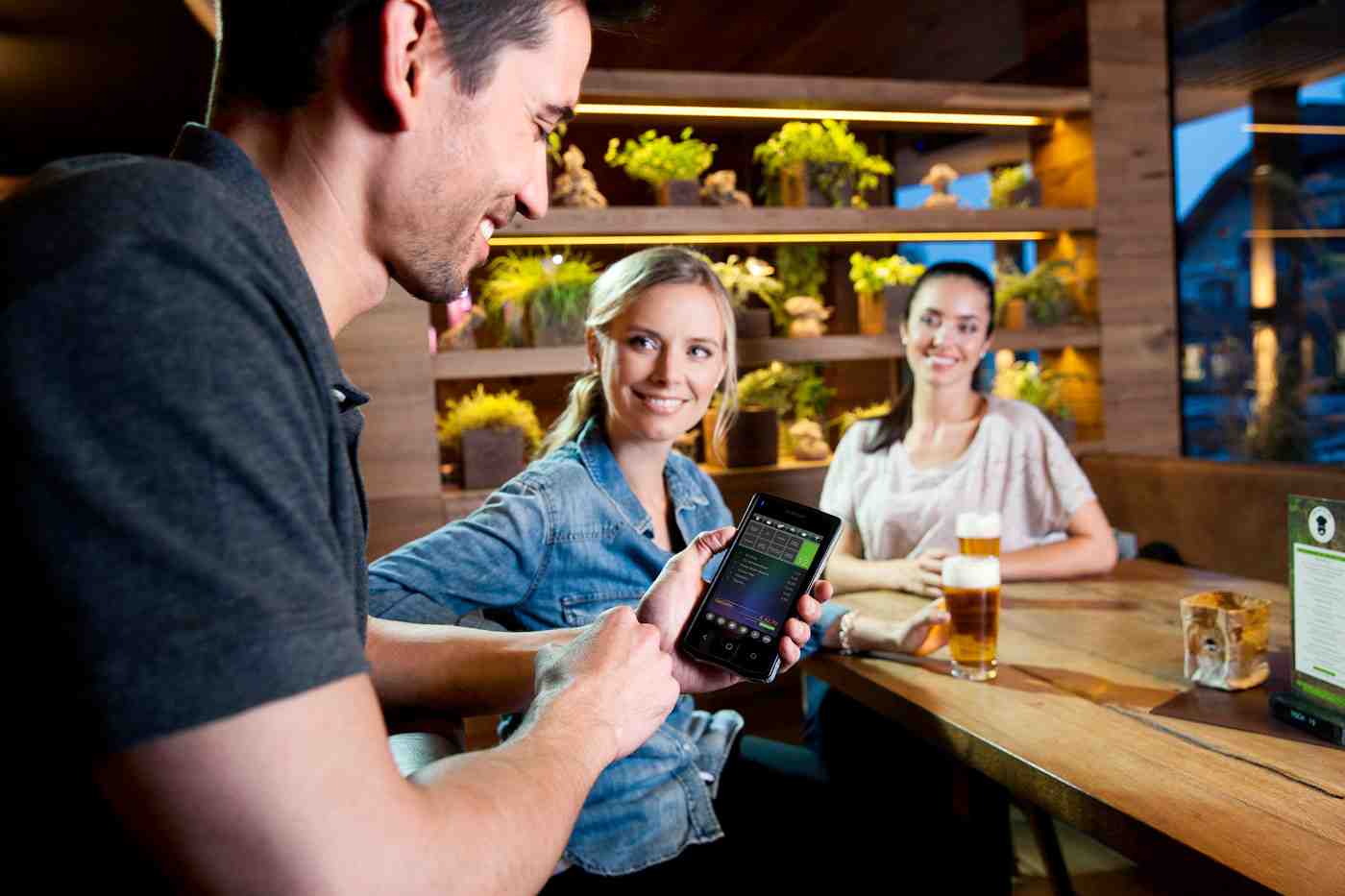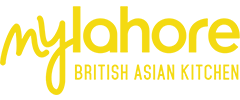It’s certainly concerning – it’s the highest it has been since the report, carried out by ALMR Christie and Co, began in 2007.
And although the survey also discovered a lot of confidence within the sector, it surely makes sense to make every effort keep operating costs under control.
As many successful restaurants and bars have found, the answer can be surprisingly easy: restaurateurs and bar operations need to invest in a good EPoS (electronic point of sale) system.
This up-to-the-minute technology helps to control every aspect of the business, all the way from maintaining viable stock levels to ordering.
It’s also able to reduce labour time and costs by giving serving staff easy to use handheld devices that can send orders straight from tableside to the kitchen.
No-one would argue that this all sounds useful – but how do you work out what’s the best EPoS system to suit your restaurant?
Identifying the challenges you want to overcome is a good starting point, so ask yourself if you know the answers to these 6 questions.
1. Do you waste stock every week – or even every day? How much does that cost?
2. Which of your dishes sell the best – and which ones should you forget about?
3. Are you concerned that your labour costs are high compared to the number of covers you serve?
4. Have your customers been complaining that they have received slow service or the wrong dish?
5. Do you know which are your busiest times – and are you in fact making the most profit then?
6. Do you know which suppliers give you the best prices regularly?
Without a good EPoS system you may well be struggling to answer some of the questions. Perhaps you can, but you’re not sure why things are happening.
Technology is responding rapidly to the needs of today’s quick-change restaurant environment, and the best EPoS systems for restaurants provide major assistance.
Restaurants and bars are dealing with a shift in diner spending patterns. They are seeing a rise in popularity of casual dining experiences – an average diner is now only in a dining outlet for 45 minutes.
If you look at the top 10 UK casual dining brands you’ll see remarkable growth. CAU steakhouses – an Aloha EPoS user – showed a 67% sales growth in 2015-16, a recent market insight report says.
Competition is also on the increase from outlets using delivery services including Deliveroo. Some are not restaurants, but instead, kitchens that send food out to their customers, so they have lower overheads than restaurateurs who have an establishment to furnish and staff to pay.
So how does EPoS help? We have identified 5 key questions you should ask your software vendor to ensure you get one of the best EPoS systems for restaurants.
1. Can your EPoS system capture data that will help you improve your supply chain and stock ordering choices, identifying dishes that are selling well?
2. Can your staff use dedicated handheld devices, iPads or mobiles to take orders with this system?
3. Does the EPoS enable tableside orders and payments to be taken tableside so your staff does not waste time walking around?
4. Does the system integrate with a kitchen automation system so your chefs can begin fulfilling orders when they are sent from tableside? Will it integrate with other systems such as accounting, as well?
5. Which businesses like yours use the system – are there testimonials?
EPoS systems are available to suit any size of restaurant or hotel; some can be provided as web-based enterprise systems accessible anywhere with an internet connection.
This is useful when you have a group of hotels or bars to run, and reduces the duplication of technology and roles in different locations.
Any data the EPoS collects should be accessible as comprehensive reports to provide an end-to-end view of operations in your organisation, no matter its size.
EPoS can even help with difficult areas including fraud prevention – unusual behaviours can be easily spotted because transactions are tracked – and table management.
Capturing guests’ data also means a restaurant can devise targeted marketing campaigns to will appeal to different preferences.
The best EPoS systems for restaurants even alert restaurant managers that a diner is posting adverse social media reviews so you can address issues before diners leave your establishment.
CAU restaurants have used Aloha EPoS for ten years and plan to roll out the system as the group grows, according to Estates and Property manager Colin Williams.
He says: “It’s definitely saving us money in terms of time, efficiency and capturing data so we can identify trends.
“It’s amazing for stock control – one of our biggest challenges – and it integrates well with our other platforms.
“Our market is constantly changing, and Aloha helps us keep up with that. In all, it helps us deliver a slicker service.”
That’s a great recommendation for the capabilities of state-of-the-art EPoS.
And in these times when every restaurant is facing spiralling costs, it proves that the best EPoS systems for restaurants are able to provide the kind of solid firm foundations on which you can build a thriving business.
















